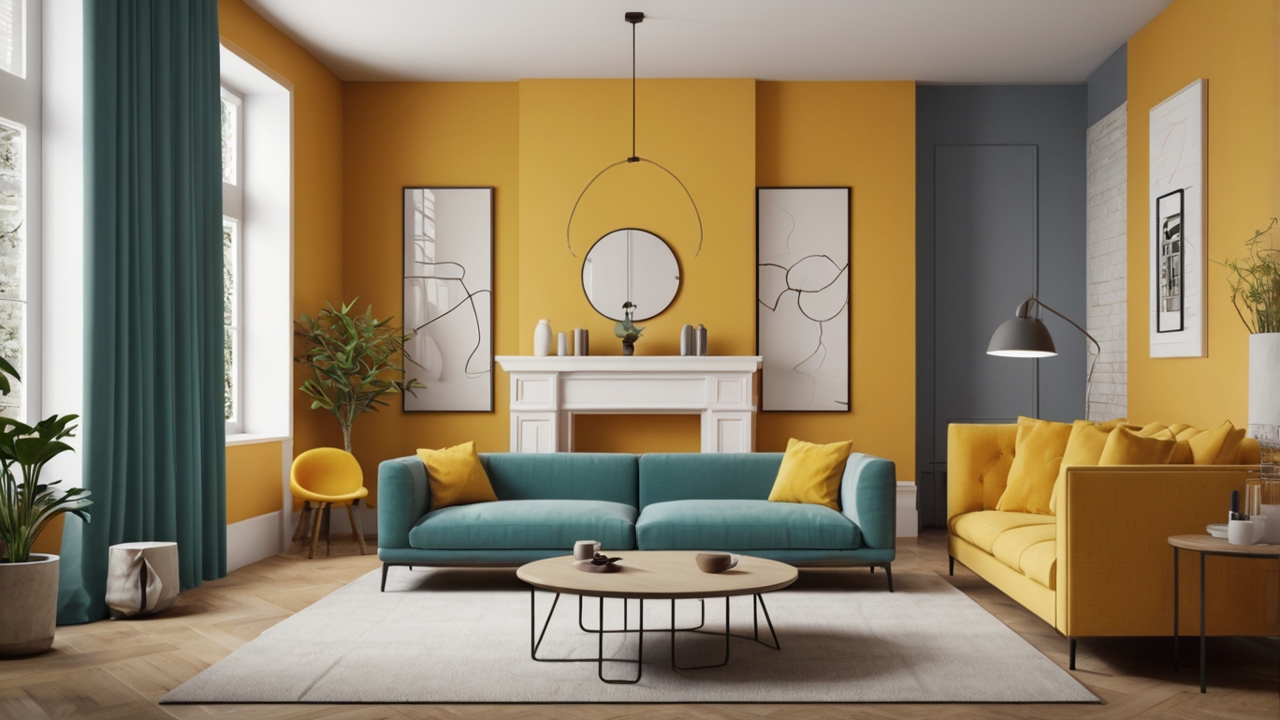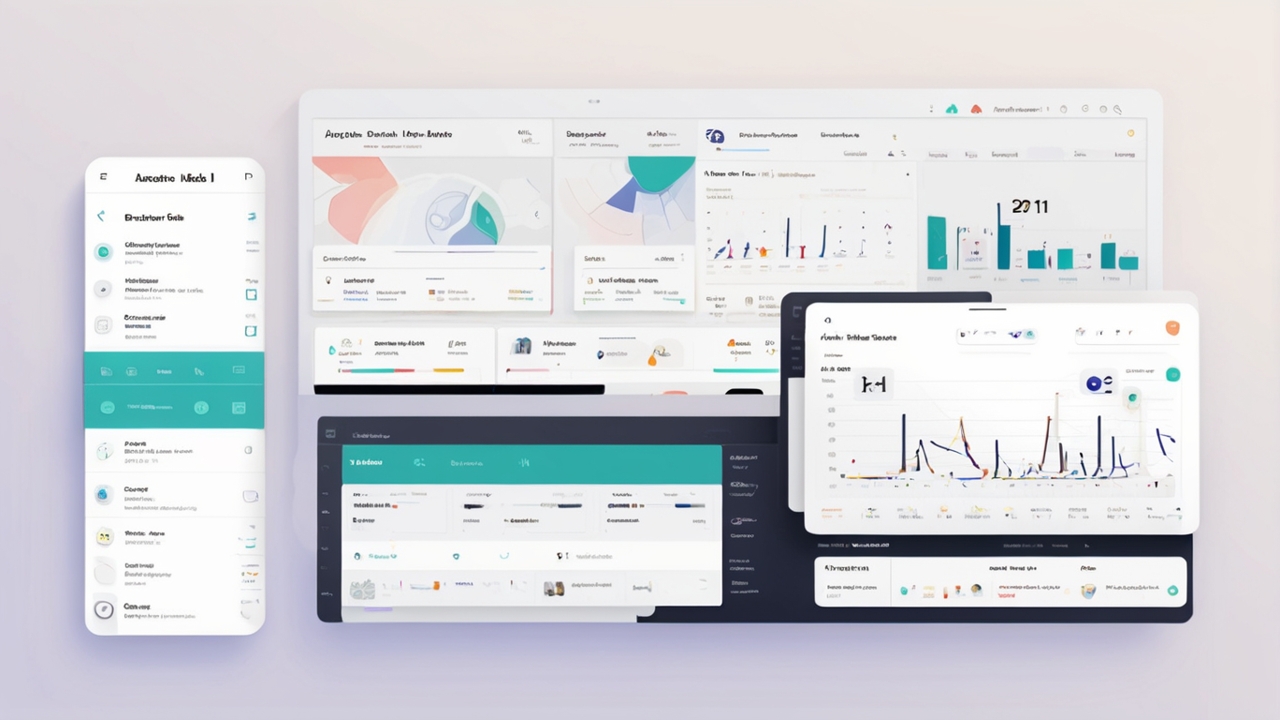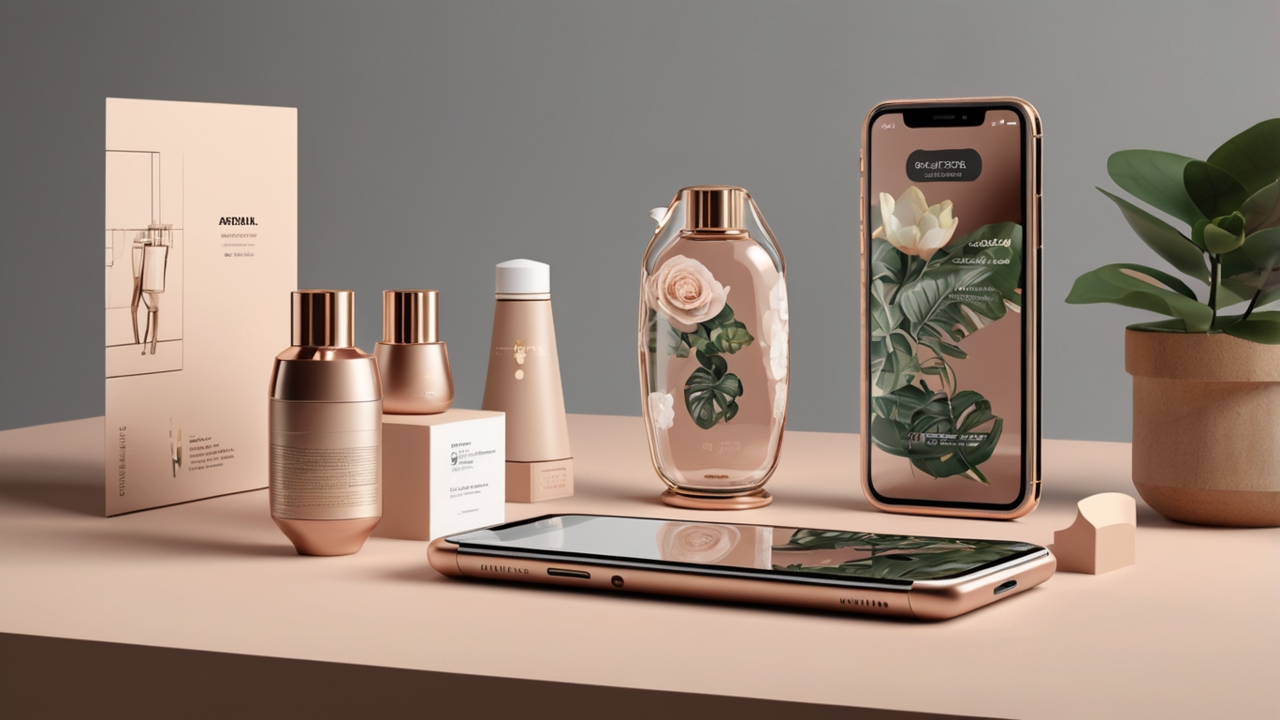Mayumiotero – Micro-communities are no longer niche corners of the internet they have become powerful ecosystems fueling creativity, collaboration, and identity formation. Today, tools like Procreate, Blender, and Figma don’t just empower creators; they build tribes. As someone who has watched the evolution of digital creation, I believe these communities have transformed creative practice from a solitary pursuit into a shared journey. Moreover, micro-communities allow emerging artists to feel seen, supported, and challenged, something traditional institutions often failed to provide. In many ways, they represent a new chapter in digital culture where creativity meets belonging.
“Read also: Energize Your Morning, 5 Motivational Rituals That Work“
Why Micro-communities Flourish Around Creative Tools
At their core, micro-communities thrive because they offer a safe, focused, and purpose-driven environment. For instance, Procreate artists join not simply to display drawings, but to exchange brushes, techniques, and critique. Additionally, these groups eliminate overwhelm common in massive platforms; instead, they foster intimacy and depth. From my observation, creators feel more accountable and motivated when they grow within a tight-knit circle rather than shouting for attention in crowded feeds. Therefore, small-scale creative groups succeed where broad social networks fall short: they nurture shared passion over passive scrolling.
How Procreate Sparked a New Digital Art Culture
Procreate isn’t just a drawing app it is an artistic movement. Its intuitive workflow, brush customization, and iPad accessibility lowered the entry barrier for aspiring artists worldwide. Consequently, enthusiastic communities formed across Reddit, Discord, and Instagram, sharing tutorials, brushes, and challenges. I personally admire how Procreate democratized digital art; unlike traditional software that feels intimidating, Procreate feels welcoming. Because of that, people who once doubted their talent now confidently call themselves artists. This cultural shift shows how tools can shape identity, not just workflow.
Learning Through Shared Knowledge and Peer Mentorship
Micro-communities function like modern creative schools, only without tuition fees or strict hierarchies. Inside these spaces, beginners learn from veterans through workshops, breakdowns, and portfolio reviews. Furthermore, critique sessions become a ritual of growth rather than humiliation. In my opinion, this peer-driven learning builds emotional resilience as much as skill development. Instead of competing, creators uplift each other, understanding that collective improvement benefits everyone. Ultimately, micro-communities replace gatekeeping with mentorship a refreshing contrast to traditional creative industries.
Emotional Support and Creative Motivation Within Communities
Beyond technical guidance, micro-communities provide emotional fuel. Burnout, impostor syndrome, and creative blocks are common, especially in digital careers. Yet, through daily prompts, supportive feedback, and encouragement, these groups turn isolation into shared momentum. Personally, I find this emotional safety net invaluable; knowing someone understands your creative struggles makes the journey less lonely. As a result, micro-communities serve as creative wellness hubs, where passion is protected, not drained.
“Read also: The Power of “Because”, How Purpose Amplifies Motivation“
Collaborative Growth and Real-World Career Impact
Interestingly, micro-communities have become pipelines to professional opportunities. Artists collaborate on mini-projects, create marketplaces for brushes, or build co-branded workshops. Moreover, many freelancers now get commissions because community peers recommend them. This reinforces the idea that belonging leads to opportunity. In many ways, micro-communities act like talent accelerators: offering exposure, accountability, and referral networks. For creators trying to build sustainable careers, such environments are priceless.
Challenges Facing Micro-communities and How to Sustain Them
However, micro-communities aren’t flawless. They can struggle with moderation, cliques, or burnout among leaders. Additionally, balancing quality and inclusivity requires intention. Based on digital culture trends, a healthy community thrives when rules are clear, diversity is celebrated, and feedback loops are transparent. For sustainability, communities must evolve whether through structured learning programs, community-funded resources, or rotating leadership to avoid fatigue. Essentially, the strongest micro-communities treat growth as a shared responsibility, not a burden.
The Future of Creative Collaboration in Micro-Communities
Looking ahead, micro-communities will play an even larger role in shaping creative careers. With AI tools emerging, creators will seek safe spaces to explore hybrid workflows and reinvent artistic expression. Likewise, collaborative online circles will become micro-incubators where talents co-create digital products, NFTs, courses, and even studios. In my belief, creativity has shifted from “I create alone” to “we rise together.” And in this new era, micro-communities aren’t just digital social groups they are engines of culture, innovation, and empowerment.



